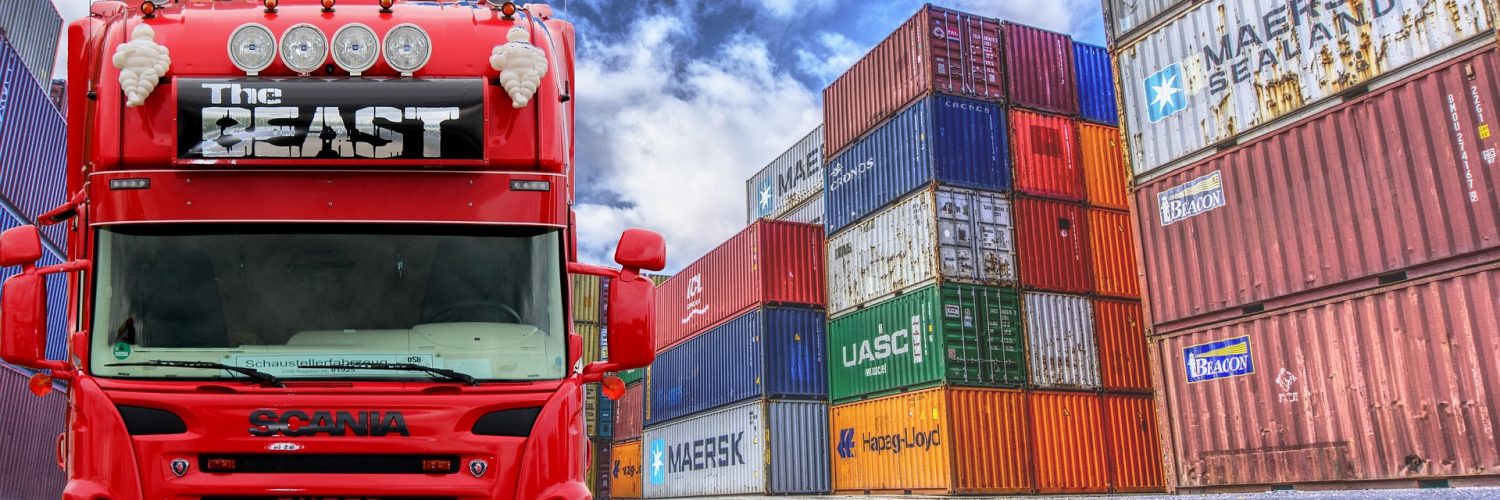The big picture: Leaders have learned that excess inventory does not suffice as insurance for supply chain disruptions. Boards view major supply chain complications as strategic risks.
Why it matters: A pervasive and lengthy under-investment in innovation has created supply chain models that:
- Focus too much on past performance
- Operate on too little data
- Feature logistics networks that are too rigid
- Foster insufficient trust among trading partners
A better approach: New supply chain orchestration solutions allow organizations to activate agility- and resilience-enabling capabilities.
- These solutions sit above traditional supply chain applications that contain supply chain data while enabling different systems to work together in a unified manner with minimal human intervention.
- The data orchestration these platforms deliver provides a single, accurate view of each order and customer while allowing supply chain teams to track the progress of orders, assess factors that can delay their completion and analyze ways around obstacles.
Yes, but: To flourish, these solutions need the right data. Once larger data sets have been normalized, optimized and subjected to new workflows and controls, organizations track orders and customers in real-time.
Go deeper: Read our insights below.
Boards of directors and C-suite leaders have learned the hard way that excess inventory does not suffice as insurance for supply chain disruptions. This realization is evident in the elevated importance senior leaders now place on revenue assurance models and supply chain orchestration. While the theory of supply chain orchestration has been discussed for years, new solutions allow organizations to activate these agility- and resilience-enabling capabilities relatively quickly.
Boards increasingly view major supply chain complications as strategic risks. In response, more CEOs and chief financial officers (CFOs), in particular, are directing and empowering supply chain teams to implement the tools, access the data and restructure the processes needed to sustain a real-time view of orders, prices, inventories and logistics activities along with the risks that need to be mitigated. Organizations that do this work are better positioned than competitors to respond to ongoing disruptions and, equally important, they can acquire and retain customers with increasingly exacting expectations.
Until recently, the cost-centric approach to supply chain management had remained unchanged for decades. The problem pre-dates the recent pandemic- and war-driven disruptions that exposed, beyond a shadow of doubt, the frailty of the traditional supply chain management model. By way of contrast, fundamental customer models have undergone frequent and wholesale transformations during the same time period.
A pervasive and lengthy under-investment in innovation has created supply chain models that focus too much on past performance, operate on too little data, feature logistics networks that are too rigid, and foster insufficient trust among trading partners. Supply chain data currently resides in dozens of systems and applications, including procurement, ERP, order management, warehouse management, transportation management and more. The problematic combination of too many systems and serial processes requires excessive manual work handoffs between discrete applications to fulfill a single order – and even more human involvement to identify where a part or product is in real-time. This is a recipe for inordinate potential failure points.
As those failures materialized in the past two to three years, many organizations responded by snapping up excess inventory and hiring more humans to execute more phone calls, emails, texts, warehouse-scouring and other manual interventions due to system and data management deficiencies. Both fixes are Band-Aids, at best; neither approach is sustainable amid stubbornly high interest rates and a slow-growth environment.
That’s why cloud-based supply chain orchestration platforms are so valuable. These solutions sit above the traditional supply chain applications that contain supply chain data while enabling many different systems to work together in a unified manner with minimal human intervention. The data orchestration these platforms deliver provides a single, accurate view of each order and each customer while allowing supply chain teams to track the progress of orders, assess factors that can delay their completion and analyze ways around obstacles that arise. When a snowstorm blows into Chicago, for example, a supply chain orchestration solution triggers an alert along with alternative trucking routes.
To flourish, these solutions, of course, need the right data. This requires identifying and extracting all relevant supply chain, customer and related transactional data currently contained within the tangle of organizational systems. This data often needs to be supplemented with new data – geolocation data, geospatial data, information collected by Internet of Things (IoT) sensors in factories and along logistics routes, weather data and more. Data transformation and, in some cases, federation help to facilitate the connection of these various data sets without requiring large scale replications that can be wasteful and cause latency issues.
Once these larger data sets have been normalized, optimized and subjected to new workflows and controls, organizations can begin tracking orders and customers in real-time. They also can start looking into the future by running simulations to assess various scenarios and responses to those conditions. In addition to assessing worst-case scenarios, simulations can pinpoint weakness in longstanding warehousing strategies, dedicated logistics routes and sourcing approaches. Other simulations can help companies adopt endless shelf models that boost customer satisfaction and customer value.
Happily, the implementation and operation of supply chain orchestration tools do not require a team of Ph.D.s, or much heavy lifting from the IT department. Supply chain professionals and other business users can use these platforms to orchestrate how data and products should flow across the entire supply chain – without a 10-year, $100 million technology implementation journey.
It bears reemphasizing that this fundamental change – from a cost-centric, highly manual supply chain management approach to data-driven orchestration that enables agility and resilience – is long overdue. The folks in warehouses and on factory floors keyed into this need first. Now, boards and CFOs have become invested in fostering revenue assurance and supply chain orchestration.



Add comment